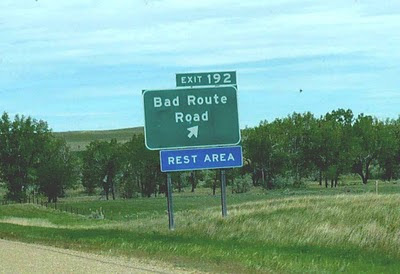The new kid on the block is all three, termed VRD. In one study it produced a response in 100% of patients, and a very good partial response (VGPR) or better in 75%. That's pretty amazing. Unfortunately, though, 15% of patients experienced severe neuropathy. Other studies suggest that low-dose DEX may work as well, and with once-weekly Velcade instead of twice-weekly, neuropathy may be reduced to a much smaller number of patients. Continued maintenance with Revlimid improves the result.
Potential newer kids on the block:
- Carfilzomib: This is a "proteazome inhibitor" (interferes with the cell's ability to dispose of waste) like Velcade. Carfilzomib seemed to be on a fast track, but is back in phase I trials to zero in on the maximum tolerable dosage. At lower dosages it appears as effective as Velcade but with only 1% of patients experiencing severe neuropathy. At the higher dosages it may be even more effective, but neuropathy may be increased. I spoke to one person in the sales booth who thought it was still a year and a half away from FDA approval.
- Pomalidomide: I have been on a Phase II study of pomalidomide for 30 cycles. It's an immunomodulatory drug (IMiD) with the capacity to suppress parts of the immune system, particularly myeloma cells, which are wayward plasma cells. Dr Lacy from Mayo Clinic will be presenting a talk which shows a 49% objective response rate even among patients for whom Revlimid and Velcade (both) are no longer effective. I don't know when this drug will be approved - it seems to be on a slow track, and I wonder (lacking specific knowledge) if Celgene has sufficient incentive to hurry this better drug to market as long as Revlimid is making them so much money.
- Should patients be pushed toward a complete response (CR) when a good response is already obtained? Studies do suggest that they do better.
- Is a four-drug combination better than three? The jury is still out, and one study says that they are only equal.
- What do we do when a patient on a three-drug combination relapses?


Thank you Don for all the ASCO posts.
ReplyDeleteI envy your Amtrak journey. I have always wanted to go through the NW on a train.
And one last thank you-I so appreciate your photo's on your blog. Always interesting.
Rebecca Weber
Thank you Don.
ReplyDeleteThe elimination or reduction of side effects especially Peripheral Neuropathy is a must for these newer treatments.
Otherwise we are standing still.
Sid
Don:
ReplyDeleteThank you for your comprehensive posts from ASCO. I'm currently in a 'maintenance' phase of treatment using VRD and experience some PN. I'm sitting on pins and needles (pardon the pun) waiting for news of lesser side effect options. Thanks, again, for keeping us informed.
Sean M.